This question is a follow-up to Does switched-mode power supply feature galvanic separation? : Over there, stevenvh says:
"... a mains connected SMPS, and most of those do have galvanic separation."
How do I find out whether a given SMPS (say, my cell phone charger or a similar device, so something without a datasheet readily available) features galvanic isolation?
- If there is no third (earth) connection on the mains plug, is that enough to conclude that the DC output is separated from mains, i.e. do regulations like CE require isolation for non-earthed devices?
- If that's not enough - is it sufficient to test both plaugs on the AC side against both contacts at the DC side with a multimeter, or are there designs that are not separated despite having no connection when turned off?
